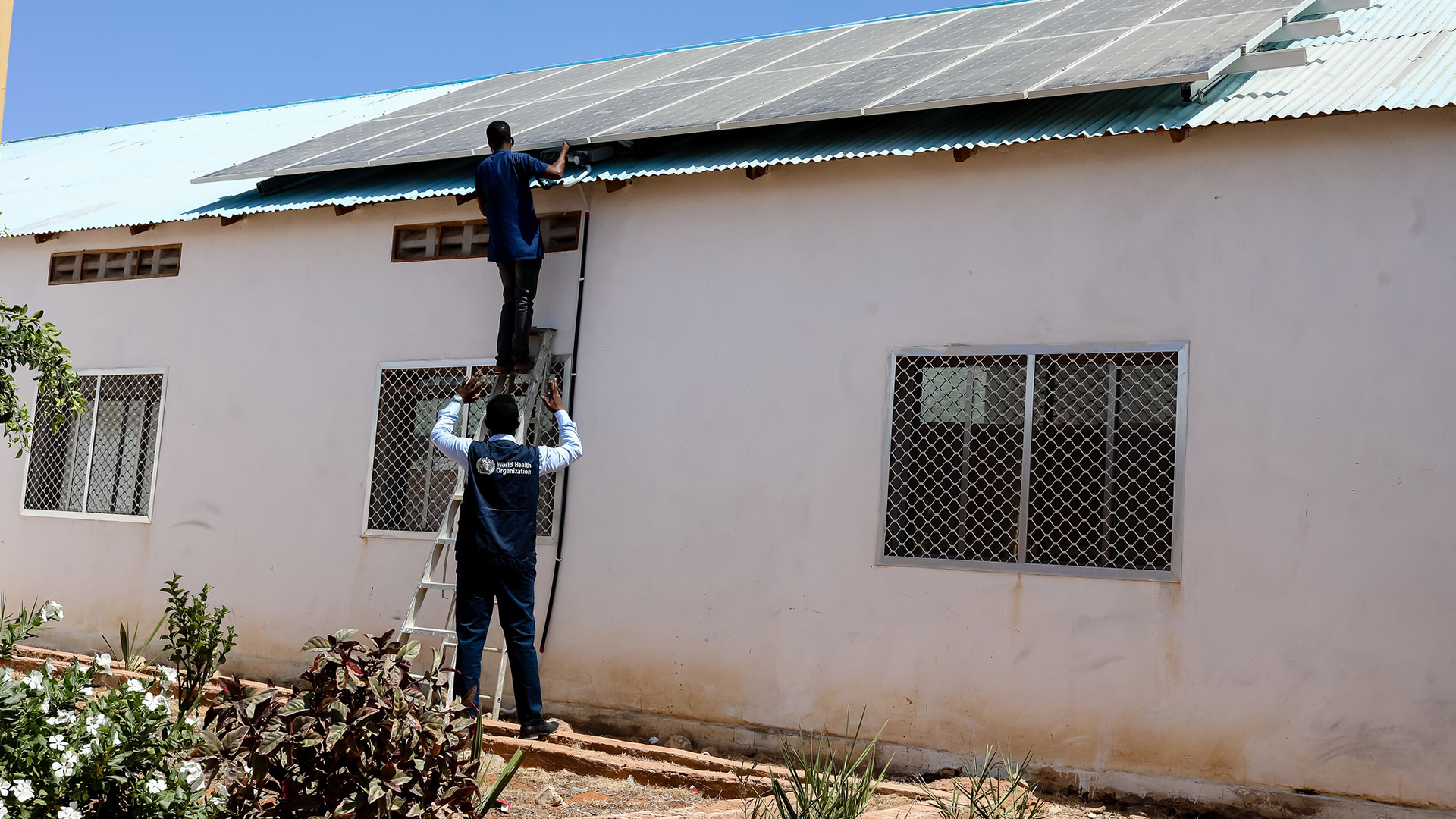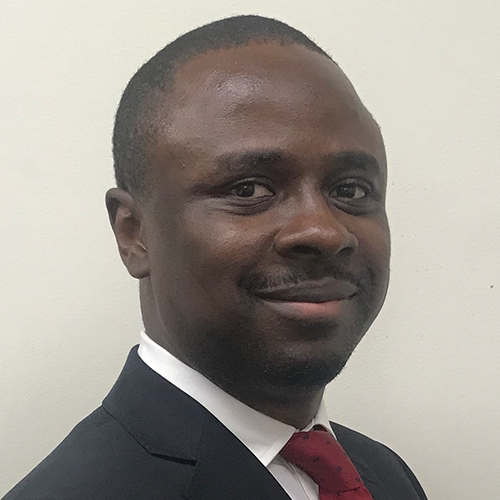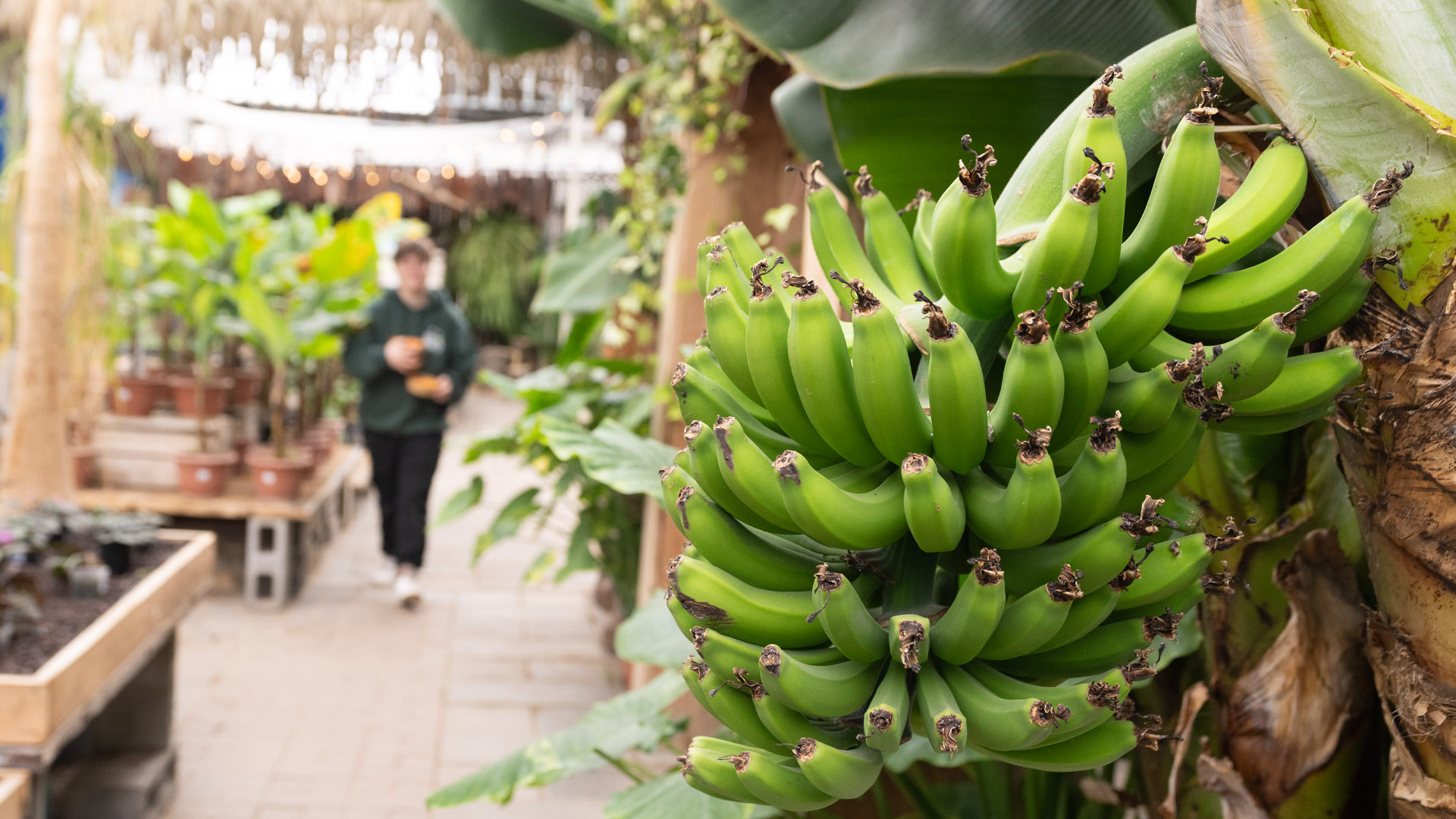
Canada is one of the world’s largest funders of global health initiatives. Its annual overseas health spending consistently exceeds $800 million, placing Canada number six out of 30 countries in the OECD’s development assistance committee. Most of Canada’s contributions are made through Global Affairs Canada (GAC), which has a mandate to engage and influence international players to advance Canada’s political, legal and economic interests while improving and saving lives in recipient low- and middle-income countries.
In 2020, Global Affairs Canada made a 10-year commitment to support global health as well as human rights, including sexual and reproductive health and rights. Spending by GAC in this area will reach $1.4 billion by 2023-24.
Canada’s reputation and security are enhanced by joining the fight against preventable diseases and by helping to increase access to primary health care. However, little of Canada’s health spending is going toward ready-to-scale innovations. This should be rectified.
Grand Challenges Canada (GCC) is a non-governmental, non-profit organization that works to invest in local solutions to critical health and humanitarian challenges in low-resource countries. We work with investors and partners from around the world to scale up innovative products and services requiring capital, technical assistance and network linkages to maximize their impact.
Global Affairs Canada provides 64 per cent of the total budget for Grand Challenges Canada. Other funding partners include the United States Agency for International Development’s (USAID) bureau for humanitarian assistance; the U.K.’s department of health and social care; and private foundations. For every dollar of Global Affairs Canada funding, $2.03 was raised from investors and partners. In terms of resources to generate scalable and sustainable solutions, we at Grand Challenges Canada have invested more than $220 million through our transition-to-scale program in 253 innovations in 61 countries. This investment has leveraged nearly $443 million in additional funding from private- and public-sector investors and partners.
GAC has invested a lot of money in early-stage innovation but is not yet fully reaping the rewards. Grand Challenges Canada has shown the impact of overseas spending that supports innovations that are ready to scale. Our advantage lies in transition-to-scale funding that helps scale up tested innovations with proven health benefits, and keeps them sustainable.
Canada’s international development dollars could do even more if more of them was spent on proven, mature health innovations that move from seed to scale more quickly, with broader support from the private and public sector.
Awareness of Canada’s role
Canada’s involvement in international collaborations such as the access to COVID-19 tools accelerator and COVID-19 vaccine global access (COVAX) is amply documented and well-known. Far less widely broadcast is our ongoing support for primary health initiatives that are addressing recovery from the COVID-19 pandemic, as well as a host of other ongoing health challenges.
For example, oxygen therapy is one of the most important life-saving treatments for COVID-19 and other diseases. Yet in many countries, oxygen therapy is not easy to get. Almost 60 per cent of health facilities in sub-Saharan Africa lack reliable access to electricity. This endangers the life of children, many of whom succumb to preventable diseases.
Canada needs to change the focus of its education aid to South Asia
Filling the “oxygen gap” is one of several complex problems in primary health care that we at Grand Challenges Canada have tackled in recent years. Delivering reliable oxygen supply in rural communities and fragile contexts is particularly challenging. Dr. Michael Hawkes, associate professor in the department of pediatrics at the University of Alberta, developed a, solar-powered oxygen system (SP02) to confront this problem. In collaboration with the Somali government and health-care community, the SPO2 delivery system was installed in Hanano General Hospital in January 2021.
Hanano General Hospital is in Dusamareb, Galmudug State, Somalia, about 500 kilometers northeast of the capital, Mogadishu. It is a secondary-level hospital with 59 beds and admits more than 2,000 patients annually. Travel in the area is insecure, with the main road controlled by al-Shabab, an Islamic fundamentalist insurgent group. The hospital has traditionally faced critical shortages of medical oxygen supplies, along with frequent power interruptions, which are common for the area. Solar-powered oxygen systems are efficient and do not consume a lot of health-care resources. SPO2 started saving lives at Hanano almost immediately.
Follow the data
The SPO2 system at Hanano General provided life-saving oxygen therapy to 163 children over the course of seven months, as the World Health Organization (WHO) has reported. This was an important breakthrough, given that Somalia has the highest under-five neonatal mortality rate in the world – as this peer-reviewed paper noted in its comprehensive evaluation of the project’s results.
To assess SPO2’s initial success, health workers were surveyed before and after being trained on using it, and researchers conducted Somali-language focus groups to gauge the patient experience. SPO2 provided consistent electricity to supply oxygen in the treatment of birth asphyxia, pneumonia, COVID-19, asthma, as well as trauma associated with armed conflict in the region. Researchers noted that “conflict affected the ability to transport patients to higher acuity-care centres in Mogadishu, highlighting the importance of having O2 available locally.”
Total installation cost for three solar-powered concentrators at Hanano General was $89,716 CAD, with GCC’s contribution being $44,858 CAD.
Since the prototype at Hanano, SPO2 has been expanded to two other Somali hospitals – Kismayo General Hospital, on the Indian Ocean coast southwest of Mogadishu, and the Bay Regional Hospital, in the country’s interior, northwest of Mogadishu. It has shortened the average hospital stay from five days to one day, and Somalia’s federal health ministry plans to scale up the SPO2 model to 100 primary-health facilities.
Relationships
A success story such as SPO2 also proves the need for strong relationships. Grand Challenges Canada has cultivated relationships with innovators who have developed ready-to-scale ideas that show promise in saving or improving lives. By meeting creative, committed innovators where they are in the development of their idea, and supporting them to figure out the next barriers ahead, we have helped to catalyze a pipeline of tested innovations that are ready to scale by those who are less able to absorb the risk of failure inherent in the innovation process.
Our relationship with the World Health Organization (WHO) is also critical. GCC, Canada’s only non-state actor in official relations with the WHO, gains insights into the public-health demands for innovative solutions being expressed by governments on behalf of their populations. When a health problem identified by WHO member countries matches with one of the innovations in our portfolio, it then goes through the WHO’s rigorous technical assessment process and if it is deemed acceptable, is considered for broader implementation in local contexts. WHO, in turn, has relationships with member states, which can deploy innovative solutions where they’re most needed.
When trusting relationships are in place across this innovation spectrum, Canada’s overseas aid can be targeted to where it will have a meaningful and enduring impact.
Connecting the dots
The true value of innovation is realized only at scale, when novel ideas are intentionally introduced among larger populations and generate positive results for people. This has been well-illustrated with the COVID-19 vaccines. They were developed at rapid speed, but they would not have helped control the pandemic without processes to get them manufactured and into the arms of the world’s population.
To get 253 innovations worth funding at the transition-to-scale phase, such as the Somalia project, GCC supported more than 1,000 earlier-stage ideas to prove their concept. These were chosen through an independent peer review process from 10,000+ applications. The 253 transition-to-scale projects have been rigorously tested over sequential competitive selection rounds. By the time they are deemed “ready-to-scale,” these innovative solutions have outcompeted other similar approaches by demonstrating value for money, effectiveness, and potential for scale and sustainability. The evidence resulting from this process is far more than what most existing procurement processes expect.
GCC and other innovation platforms have demonstrated that a funding process built on evidence that proves innovations are ready to scale greatly increases the value for money of Canada’s official development assistance spending.
It’s time to shift more of Canada’s global health dollars toward innovative ideas such as SPO2. In a world facing turbulence and health challenges on a scale not seen since before the Second World War, it is vital that public dollars go not only to where the needs are greatest but also to where they can do the most good.










